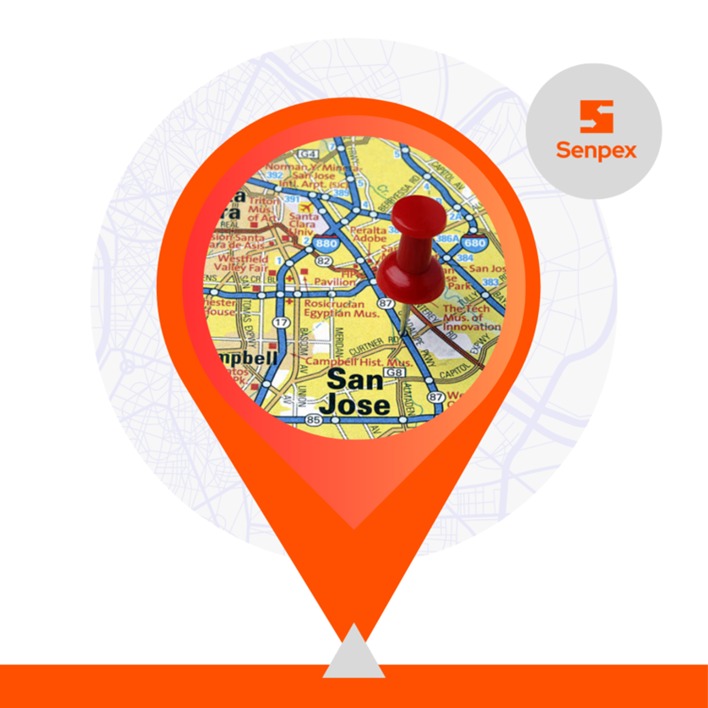In the quick-moving world of delivering things, the challenge of handling the final part, known as last-mile logistics, is a big deal for businesses wanting to be efficient and keep customers happy. This article looks closely at how to handle last-mile logistics by exploring multi-stop route planning. This method is changing how deliveries work and making it much better for everyone involved.
Traditional Delivery vs Multi-Stop Route Delivery
The Importance of Last-Mile Delivery and Efficient Route Planning
Last-mile logistics refer to the final leg of a product's journey from a distribution center to the end user. This stage is crucial as it directly impacts customer experience and operational costs for businesses.Efficient multi-stop route planning is paramount for delivery services aiming to optimize their resources, reduce fuel consumption, and enhance overall operational efficiency. The traditional one-stop delivery services model often results in inefficiencies, leading to increased costs and delivery delays.
How Can Multi-Stop Route Planning Enhance Delivery Efficiency?
Incorporating cutting-edge technology, multi-stop route planning optimizes delivery routes, minimizing travel time and fuel consumption. This not only reduces operational costs but also enhances overall delivery efficiency. Imagine a scenario where every stop in the route is strategically planned to ensure the fastest and most cost-effective delivery – that's the power of multi-stop route planning.
The Role of Technology in Revolutionizing Last-Mile Logistics
Embracing state-of-the-art technology, delivery route planner leverages algorithms and real-time data to dynamically adjust routes based on traffic, weather, and other variables. This adaptive approach ensures that delivery vehicles navigate the last mile with precision and agility, overcoming challenges seamlessly.
Related:Transport Management System - Key Features and Benefits of Using a TMS
Navigating the Last Mile: A Game-Changer
Improving Customer Experience with Multi-Stop Route Planning
One of the significant benefits of optimizing last-mile logistics is the positive impact on customer experience. Reduced delivery times, accurate tracking, and timely updates contribute to heightened customer satisfaction. Multi-stop route planning transforms the last mile from a potential bottleneck to a competitive advantage, making customers happy and loyal.
Environmental Sustainability: A Welcome Byproduct
Efficiency in last-mile logistics doesn't just benefit businesses; it also contributes to environmental sustainability. By minimizing fuel consumption and reducing carbon emissions through optimized routes, multi-stop route planning aligns with eco-friendly same day deliveries practices, a crucial consideration in today's environmentally conscious world.
How Can Multi-Stop Route Planning Revolutionize Last-Mile Logistics?
Strategic Implementation of Multi-Stop Route Planning
To fully harness the potential of delivery route planner, companies need to strategically integrate this approach into their logistics operations. This involves investing in advanced route optimization software, training staff, and continuously refining package delivery service processes based on data-driven insights.
Realizing Cost Savings through Operational Efficiency
Beyond the immediate benefits of faster deliveries, multi-stop route planning offers long-term advantages by significantly reducing operational costs. From fuel savings to optimized workforce utilization, businesses stand to gain financially while simultaneously improving their environmental footprint.
Related:Multi-Route Optimization in Logistics and Supply Chain Management
Frequently Asked Questions
Q: Can multi-stop route planning work for businesses of all sizes?
Absolutely. While larger enterprises may have more complex logistics, smaller businesses can also benefit from route optimization, enhancing their competitiveness.
Q: How does multi-stop route planning handle unexpected obstacles like road closures?
The beauty of real-time data integration in multi-stop route planning is its ability to adapt. When faced with obstacles, the system automatically recalculates the best route, ensuring minimal disruption.
Q: Is multi-stop route planning only applicable to urban areas?
No, it's versatile. While particularly beneficial in urban settings, multi-stop route planning adapts to various landscapes, optimizing routes for both city and rural deliveries.
Q: What technology is essential for successful multi-stop route planning?
Advanced route optimization software, GPS tracking, and real-time data analytics are crucial components for effective multi-stop route planning.
Q: Does multi-stop route planning work for time-sensitive deliveries?
Yes, its real-time adaptability makes it perfect for time-sensitive deliveries, ensuring products reach their destination promptly.
The incorporation of multi-stop route planning in last-mile logistics signifies a transformative leap for the industry. As businesses strive for efficiency, cost-effectiveness, and environmental responsibility, this strategy emerges as a beacon of innovation. "How Can Multi-Stop Route Planning Revolutionize Last-Mile Logistics?" serves not only as a question but as an invitation to explore the limitless possibilities that lie ahead.

 United States
United States Canada
Canada
